The call that we all dread can be avoided
Posted 5 years ago
By Dr. Tedros Adhanom Ghebreyesus
There is a phone call or a knock on the door that we all dread, in which we are told that a loved one has been killed or seriously injured in a road traffic crash.
We shiver as emergency vehicles speed past us on the road to attend a crash. Our hearts miss a beat as we hear about a “road accident” on the news.
But road traffic crashes are not “accidents”. They are completely preventable.
The WHO Global Status Report on Road Safety shows that the problem is getting worse. Deaths from road traffic crashes have increased to 1.35 million a year. That’s nearly 3 700 people dying on the world’s roads every day.
Tens of millions more are injured or disabled every year, people who suffer life-altering injuries with longlasting effects. These losses take a huge toll on families and communities. The cost of emergency response, health care and human grief is immense.
There are many reasons for this trend: rapid urbanization, poor safety standards, lack of enforcement, people driving distracted or fatigued, others under the influence of drugs or alcohol, speeding and a failure to wear seat-belts or helmets.
One of the most heart-breaking statistics in this report is that road traffic injury is the leading cause of death for people aged between 5 and 29 years. No child should die or be seriously injured while they walk, cycle or play.
We must return our streets to our children. They have a right to feel safe on them.
In the Sustainable Development Goals, world leaders have committed to halve the number of deaths from road crashes by 2020. This report shows that three years on, far too little progress has been made towards this goal. There is an urgent need to scale up evidence-based interventions and investment.
Development is an opportunity for low- and middle-income countries to avoid the costly mistakes made in the past by high-income countries. We need to create cities and transport systems that reduce reliance on cars. We must apply the lessons we have learned about safe road design. With the right leadership and investment, countries can build in the safeguards and best practices to save lives.
WHO is committed to working with countries to reduce the needless death and disability caused by road crashes.
WHO’s General Programme of Work 2019-2023- our five year strategic plan- includes safety goals that are underpinned by 12 voluntary performance targets agreed upon by world leaders last year. These are designed to provide guidance to WHO Member States on key interventions.
It is one thing, of course, to set goals and targets, it’s another to achieve them.
Experience shows that sustainable road safety must be planned and requires long-term investment and appropriate management capacity for effective delivery. International organizations, donors and the public and private sectors need to work together to make things happen.
This article by Dr. Tedros Adhanom Ghebreyesus-Director-General, World Health Organization was published as a forward in the WHO Global Status Report on Road Safety 2018.
The statements and opinions expressed by the author on this page do not necessarily reflect the opinions, beliefs, viewpoints or official policies of the Road Safety Hub.
Email: editor@roadsafetyhub.com

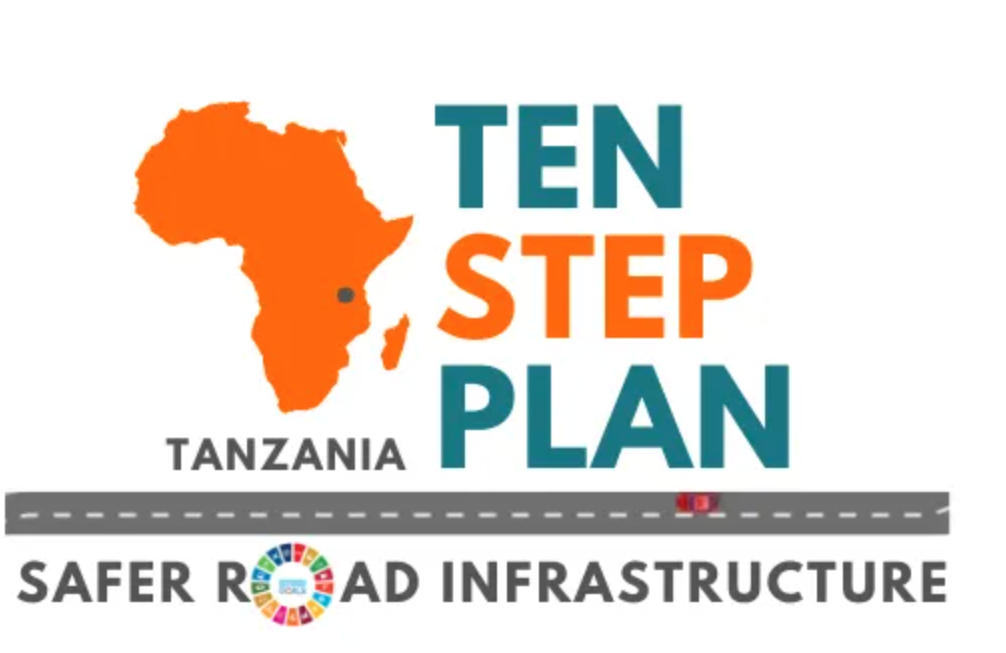
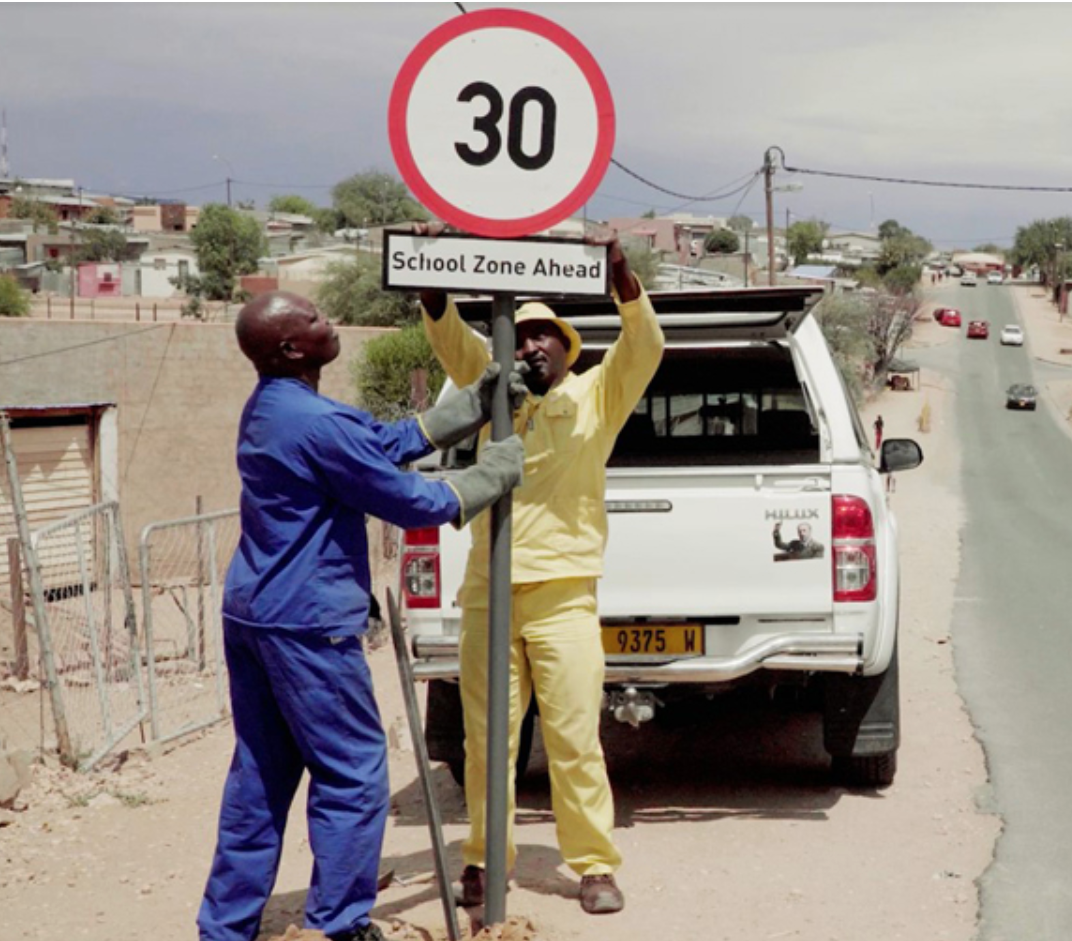
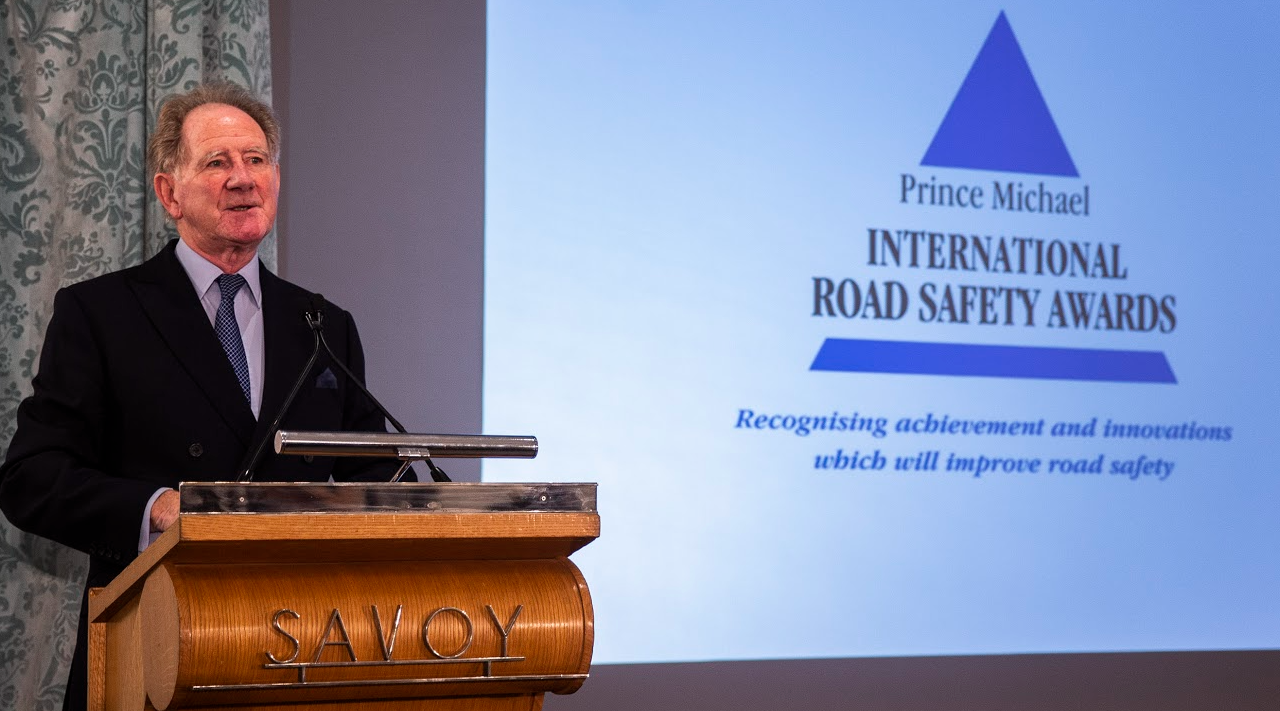
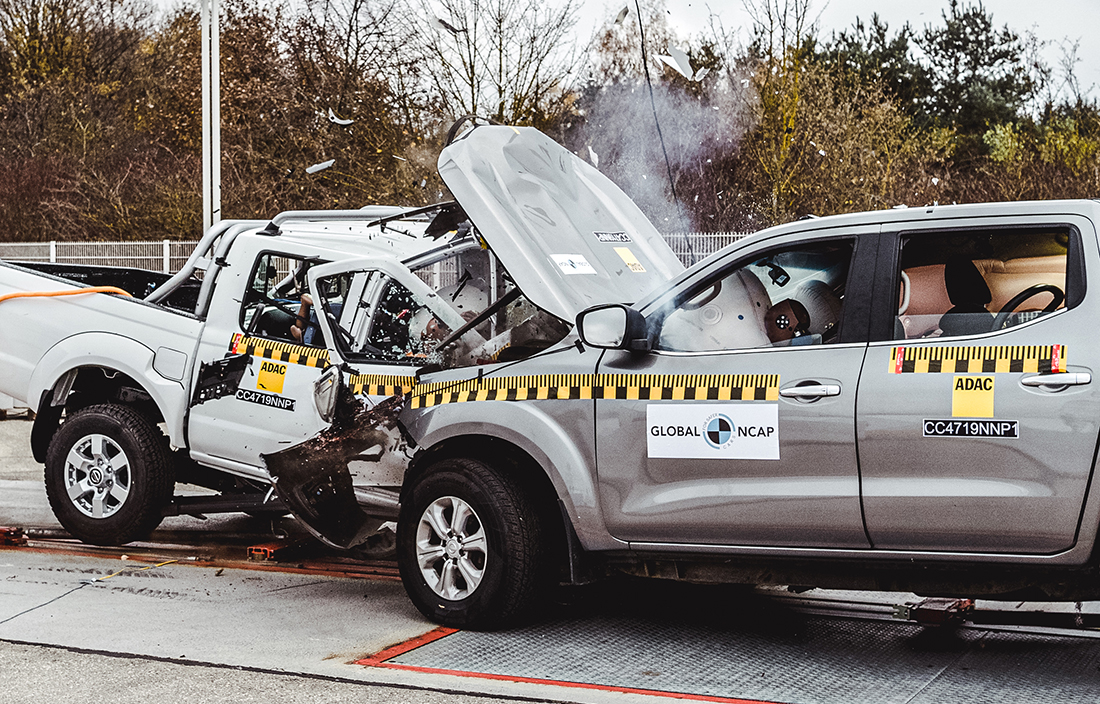
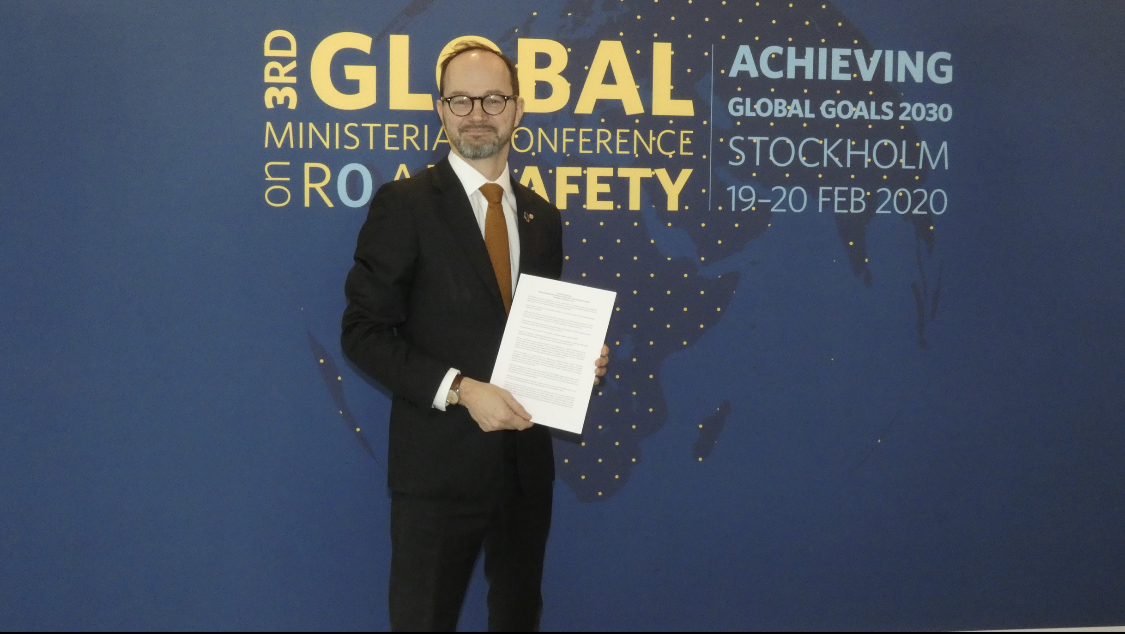
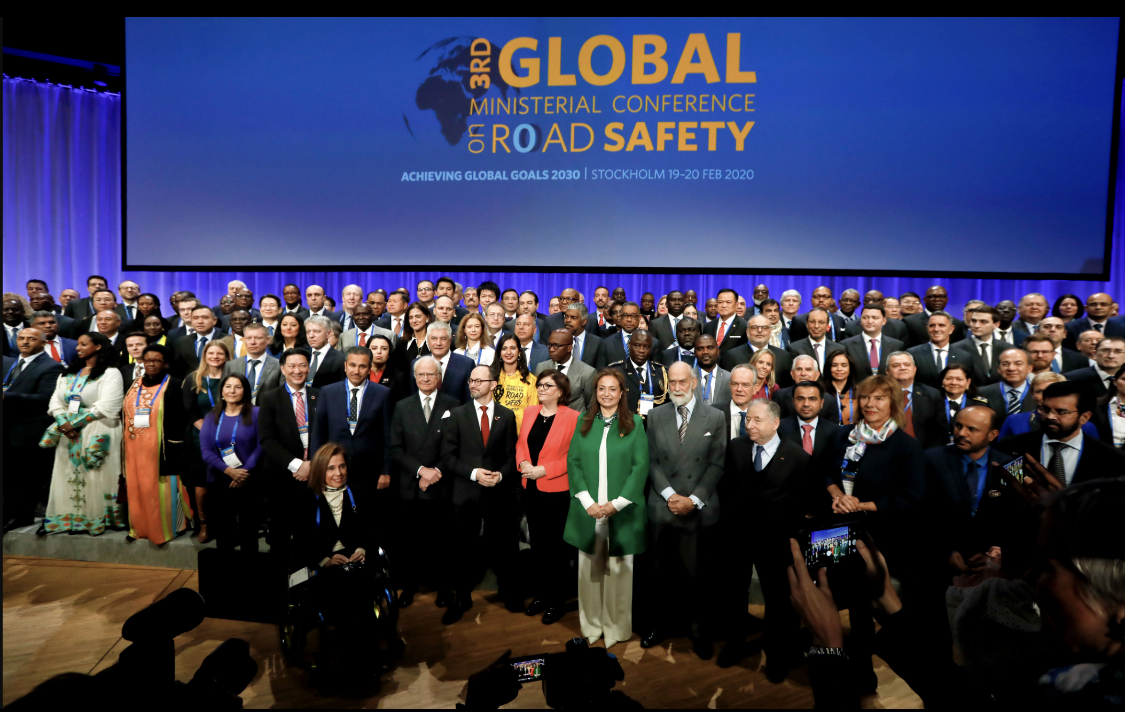
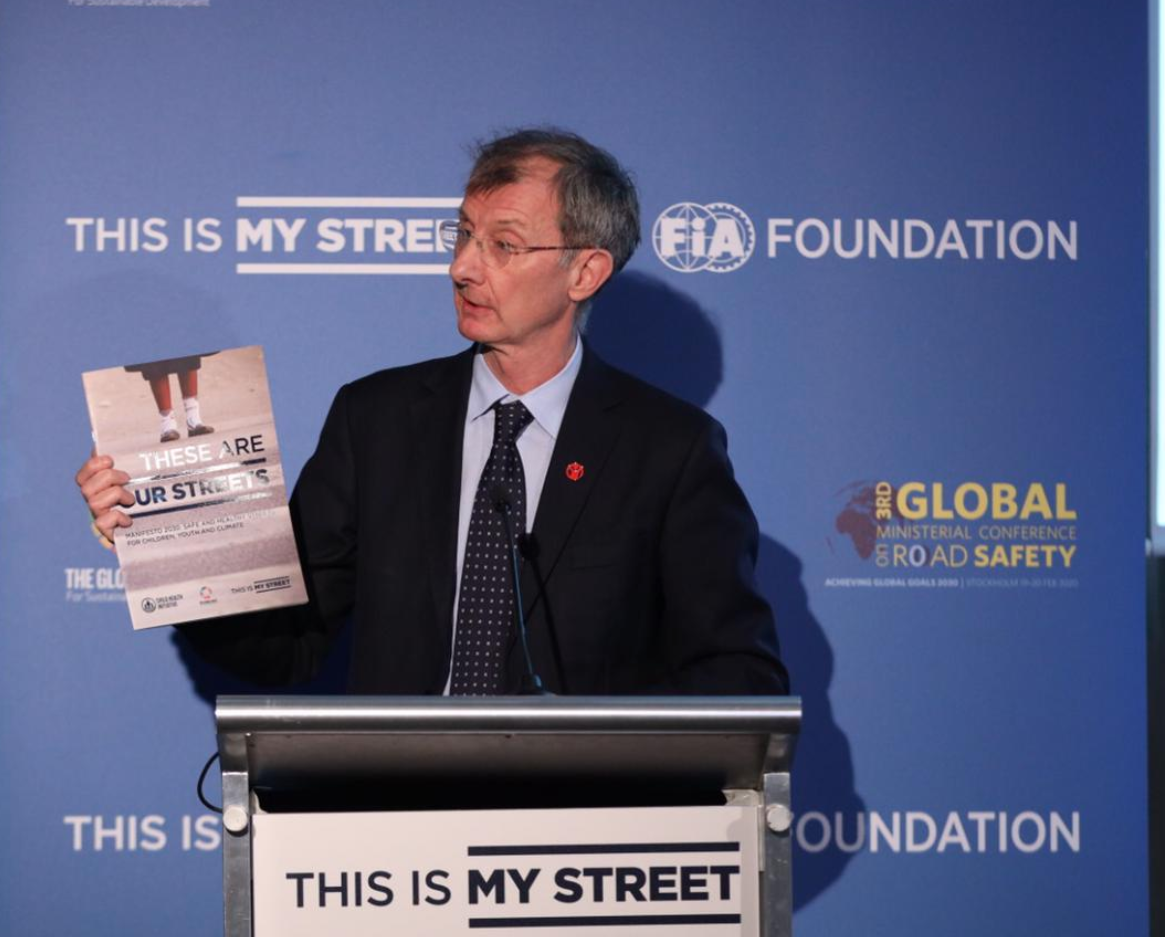



 RSS Feeds
RSS Feeds